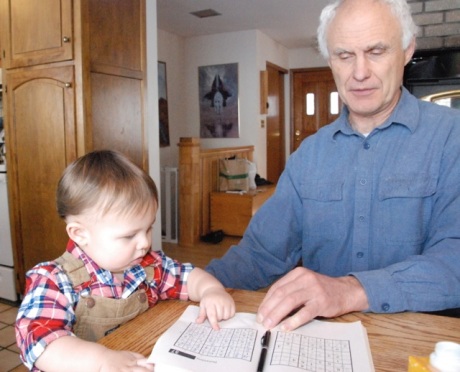While in Paris my husband and I stayed in a small but delightful apartment in the center of the city near the Seine River, so we could watch the boats and browse the souvenirs and artwork sold by street vendors. A short walk brought us to Île de la Cité where historical Notre Dame Cathedral is located. I was happy to be in the magical City of Light that I’d heard about since I was young.
At the apartment I saw Samurai Garden by Gail Tsukiyama on the bookshelf. I’d read one of Tsukiyama’s other books and enjoyed it, so I decided to read this one.
The story is about Stephen Chan, a young Chinese man, who contracted tuberculosis while in college. His parents send him to recover and live at their beach house on the ocean in Tarumi, Japan. The caretaker, Matsu, shows the inner strength of a samurai as he takes care of Stephen, the house and lovingly tends the beautiful garden.
The story is set in 1937, the turbulent time period when the Japanese Imperial Army invades China. The quiet world of Tarumi, where Stephen paints and swims as he regains his health, seems removed from the terrible events in China. Yet the war hangs over Stephen as the armies head south to his family home in Hong Kong, reflecting problems within his own family.
Over time Stephen befriends Matsu who eventually takes him to visit his beloved Sachi, who is a leper.
Many years earlier when Sachi first became ill, to be a leper was considered a disease that brought shame on your family. In those days, it was considered more honorable to commit suicide than to live with leprosy. Sachi was unable to kill herself like the other lepers of her village. Matsu found her in the woods and helped her build a home in the newly formed leper colony. Over the years he continued to visit and help her.
As the story unfolds, Stephen learns Sachi’s story. Before she became ill, she was a beautiful, vain young woman. The tragedy of the disease taught her that beauty comes from within. She also learned that sometimes it is harder to live with adversity than to die.
While reading the story, I wondered what it would be like to have a serious illness. For both Sachi and Stephen, it was isolating; they had live apart from their families so the disease wouldn’t spread to them. I also thought of Sachi’s fate. What would it be like to be a beautiful young woman who contracted a disease that eats away your face? How would it feel to be shunned by your family and fiancé, who are afraid of contracting the disease?
The story has a quiet beauty to it as it moves slowly and gracefully, sweeping us into its tale and revealing the characters’ mysteries. It was well worth the read.
Everything we go through in life, especially the challenges, teaches us something. Have you ever had a serious illness or felt isolated? What did you learn from the experience?

























Recent Comments